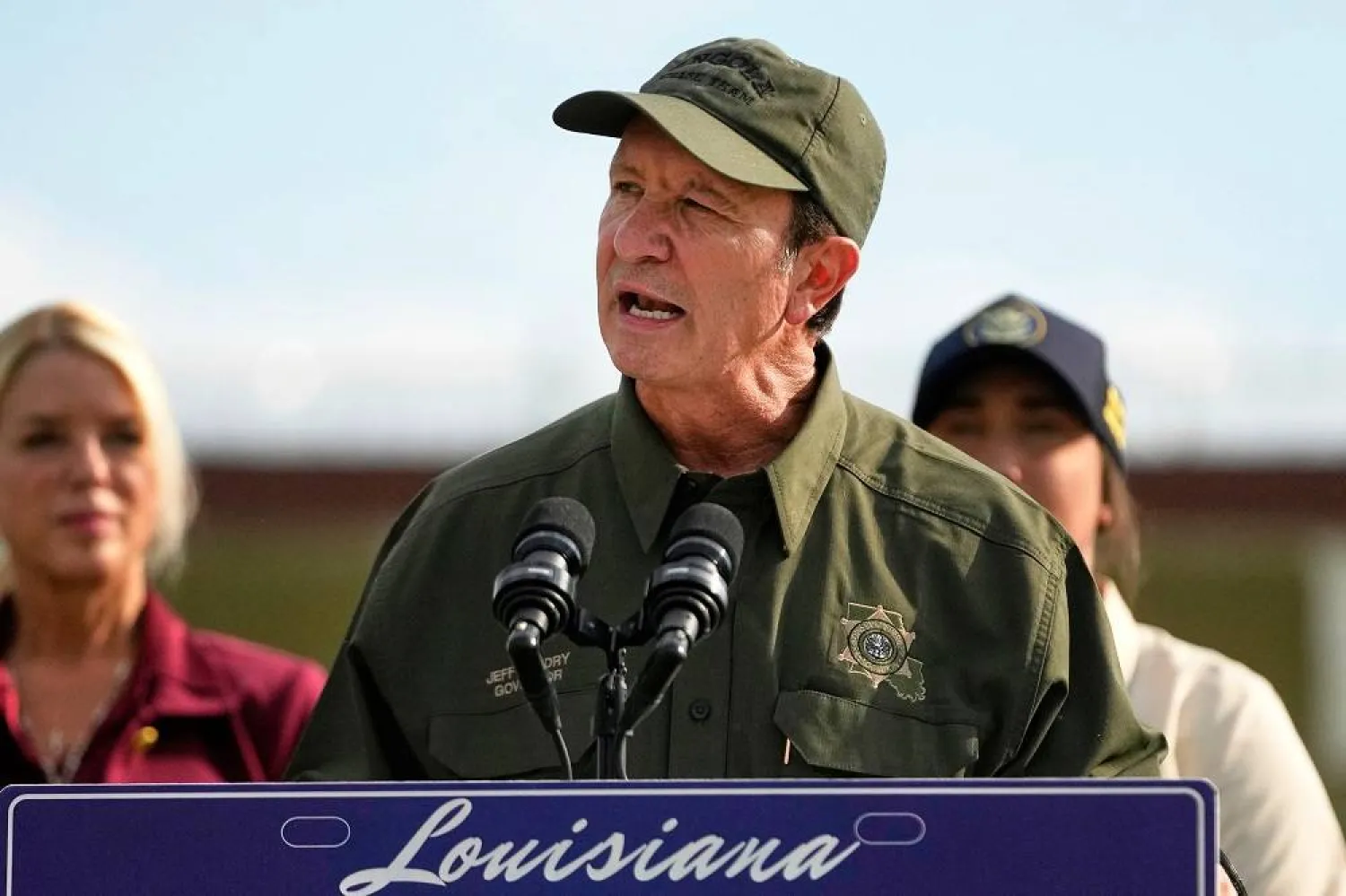Armenia and Azerbaijan accused each other of instigating new rounds of shelling across their borders Wednesday and reported that 155 troops from the two countries have died since hostilities reignited between the two longtime adversaries this week.
Armenia's Defense Ministry accused Azerbaijani forces of launching combat drones in the direction of the Armenian resort town of Jermuk overnight and renewing shelling with artillery and mortars in the morning in the direction of Jermuk and the village of Verin Shorzha.
The Azerbaijani military, in turn, charged that Armenian forces shelled its positions in the Kalbajar and Lachin districts of Azerbaijan, near the separatist Nagorno-Karabakh region.
Armenian Prime Minister Nikol Pashinyan said 105 of his country's have been killed since fighting erupted early Tuesday, while Azerbaijan said it lost 50 troops.
Azerbaijani authorities said they were ready to unilaterally hand over the bodies of up to 100 Armenian soldiers.
The two ex-Soviet countries have been locked in a decades-old conflict over Nagorno-Karabakh, which is part of Azerbaijan but has been under the control of ethnic Armenian forces backed by Armenia since a separatist war there ended in 1994.
During a six-week war in 2020, Azerbaijan reclaimed broad swaths of Nagorno-Karabakh and adjacent territories held by Armenian forces. More than 6,700 people died in the fighting, which ended with a Russia-brokered peace deal. Moscow deployed about 2,000 troops to the region to serve as peacekeepers under the deal.
Russia moved quickly on Tuesday to negotiate an end to the latest hostilities, but a ceasefire it sought to broker has failed to hold. The two sides traded blame for violations of the ceasefire, while the international community urged calm.
“Despite the appeals of the international community and the reached cease-fire agreement, Armenian armed forces continue attacks and provocations in the state border using artillery and other heavy weapons,” Azerbaijan's Defense Ministry said in a statement on Wednesday.
It said two Azerbaijani civilians were injured by the Armenian shelling of the Kalbajar and Lachin districts.
The ministry rejected as an “absolute lie” Armenia's claim that Azerbaijani troops had fired on a Russian military outpost in Armenia. It alleged Armenia was making such assertions in an attempt to turn a Moscow-dominated security alliance “into a tool for its dirty deeds.”
Pashinyan said Wednesday that his government has asked Russia for military support under a friendship treaty between the countries, and also requested assistance from the Collective Security Treaty Organization.
“Our allies are Russia and the CSTO,” Pashinyan said, adding that the collective security pact states that an aggression against one member is an aggression against all.
“We don't see a military interference as the only possibility, because there are also political and diplomatic options,” Pashinyan said, speaking in his nation's parliament.
Moscow has engaged in a delicate balancing act in seeking to maintain friendly ties with both nations. It has strong economic and security ties with Armenia, which hosts a Russian military base, while also has been developing close cooperation with oil-rich Azerbaijan.
Some observers saw the outbreak of fighting as an attempt by Azerbaijan to force Armenian authorities into faster implementation of some of the provisions of the 2020 peace deal, such as the opening of transport corridors via its territory.
“Azerbaijan has bigger military potential, and so it tries to dictate its conditions to Armenia and use force to push for diplomatic decisions it wants,” Sergei Markedonov, a Russian expert on the South Caucasus region, wrote in a commentary.
Markedonov noted that the current flare-up of hostilities comes just as Russia has been forced to pull back from areas in northeastern Ukraine after a Ukrainian counteroffensive, adding that Armenia’s request for assistance has put Russia in a precarious position.
Russian President Vladimir Putin and leaders of other CSTO members discussed the situation in a call late Tuesday, urging a quick cessation of hostilities. They agreed to send a mission of top officials from the security alliance to the area.
Kremlin spokesman Dmitry Peskov said that the mission will deliver a report assessing the developments to the leaders of CSTO member states. “The situation has remained tense,” Peskov said in Wednesday's conference call with reporters.
On Friday, Putin is set to hold a meeting with Azerbaijani President Ilham Aliyev in Samarkand, Uzbekistan, where they both plan to attend a summit of the Shanghai Cooperation Organization, a security grouping dominated by Russia and China.
The Armenian government said Pashinyan, who also was due to attend the summit, would not show up because of the fighting.
In Washington, a group of lawmakers supporting Armenia lobbied the Biden administration. US Rep. Adam Schiff, the influential Democratic chairman of the House Intelligence Committee, and four other members of Congress called on the White House and State Department to “unequivocally condemn Azerbaijan’s actions and cease all assistance” to Azerbaijan.









